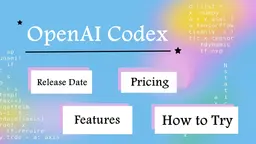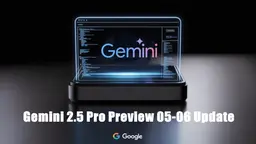Language Reactor Howto
Language Reactor is a powerful Chrome extension and language learning toolbox that helps users learn languages by watching Netflix, YouTube, and other authentic video content with dual subtitles, interactive features, and AI-powered tools.
View MoreHow to Use Language Reactor
Install the Chrome extension: Search for 'Language Reactor' in the Chrome Web Store and click 'Add to Chrome' to install the extension.
Open Netflix or YouTube: Go to Netflix.com or YouTube.com in your Chrome browser.
Enable Language Reactor: Click the Language Reactor icon in your browser toolbar to activate the extension for the current page.
Choose your language settings: Select your target language and native language in the Language Reactor settings.
Play a video: Start playing a video on Netflix or YouTube. Look for videos with the blue CC symbol, which indicates Language Reactor compatibility.
Use dual subtitles: Enable dual subtitles to see both your target language and native language subtitles simultaneously.
Interact with words: Click on words in the subtitles to see translations, hear pronunciations, and save words for later review.
Control playback: Use Language Reactor's playback controls to easily repeat phrases or sections of the video.
Save and review vocabulary: Save words and phrases you want to learn. They will be highlighted in future videos and can be reviewed in the saved items section.
Explore additional features: Try other features like PhrasePump for sentence practice, or the AI chatbot for conversation practice in your target language.
Language Reactor FAQs
Language Reactor is a free Chrome extension that allows you to learn languages by watching videos on Netflix, YouTube and other platforms. It provides features like dual language subtitles, a popup dictionary, and playback controls to enhance language learning from native content.
Language Reactor Monthly Traffic Trends
Language Reactor experienced a 3.5% decline in traffic, reaching 1.1M visits in April 2025. The lack of recent updates and the presence of more modern alternatives like Lingopie may have contributed to this slight decline.
View history traffic
Related Articles
View More













